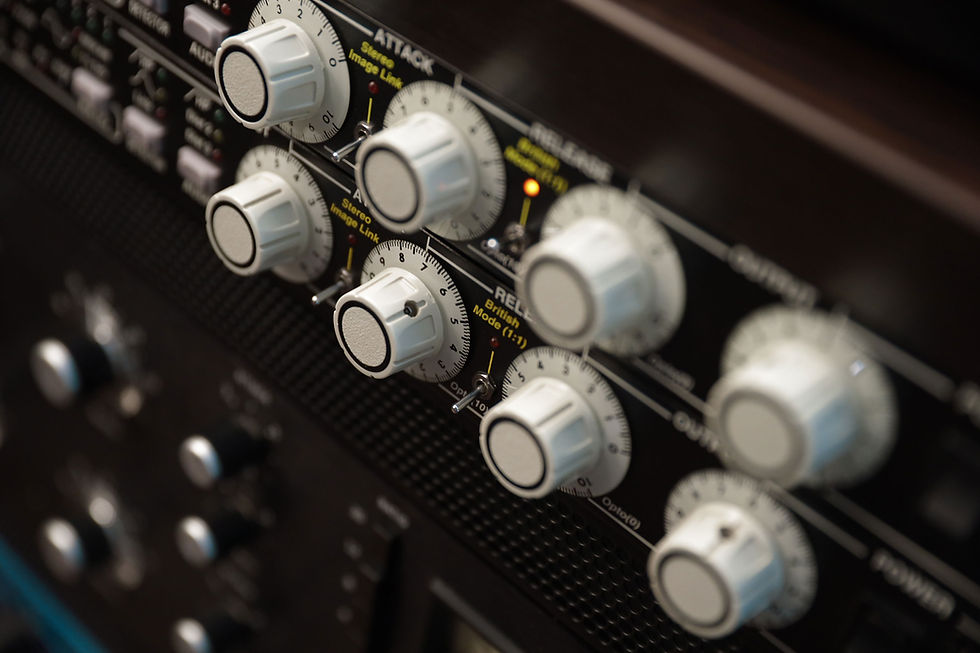The Third Lesson: Editing & Arranging
- Blog Writing King

- Jan 16, 2023
- 2 min read

After the recording phase of music production is complete, the following stage is editing and arranging. Editing include manipulating the tempo, pitch, and volume of a recording, as well as putting in additional effects. At this point, the song's final composition is developed, and the rough recordings are honed into a polished, professional end product.
In order to produce a high-quality, well finished work, editing is essential. It lets the artist polish the recordings, get rid of background noise, and check that the timing and pitch are perfect. In order to edit recordings precisely, musicians and sound engineers use digital audio workstations (DAWs) like Pro Tools, Logic, Nuendo, and Ableton Live, which provide a broad variety of tools and capabilities.
The editing and organizing procedure also includes the arranging phase. Meaning the song's structure and how its parts fit together. The song's arrangement, including the placement of the verses, choruses, and bridge, is up to the composer(s). They'll need to figure out what instruments will be used and how they'll work together to create a cohesive sound before the song can be recorded.
Making ensuring the recordings are in time and in tune is a crucial part of the editing and arranging process. Auto-tune, pitch correction, and time-stretching are just some of the software options for doing this. The artist(s) may make sure the recordings are in time and in tune with the use of these tools.
When this is done, the artist(s) may then apply post-production to the recordings. Incorporating effects like reverb, delay, and distortion into the recording process may improve the final product's sound quality. Digital audio workstations also come with a variety of effects that may be applied to the recordings to improve them.
Finally, the editing and arrangement phase is crucial in the process of creating a musical work. Editing include manipulating the tempo, pitch, and volume of a recording, as well as putting in additional effects. At this point, the song's final composition is developed, and the rough recordings are honed into a polished, professional end product. It's impossible to make decent music without first mastering digital audio workstations (DAWs) and the many methods of audio editing.





Comments